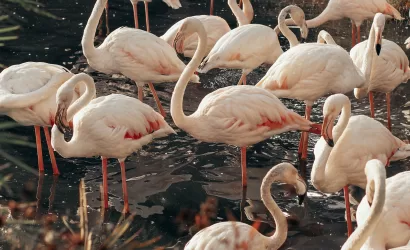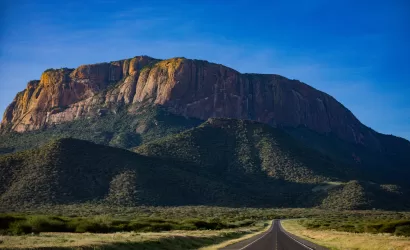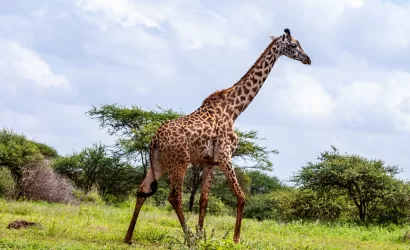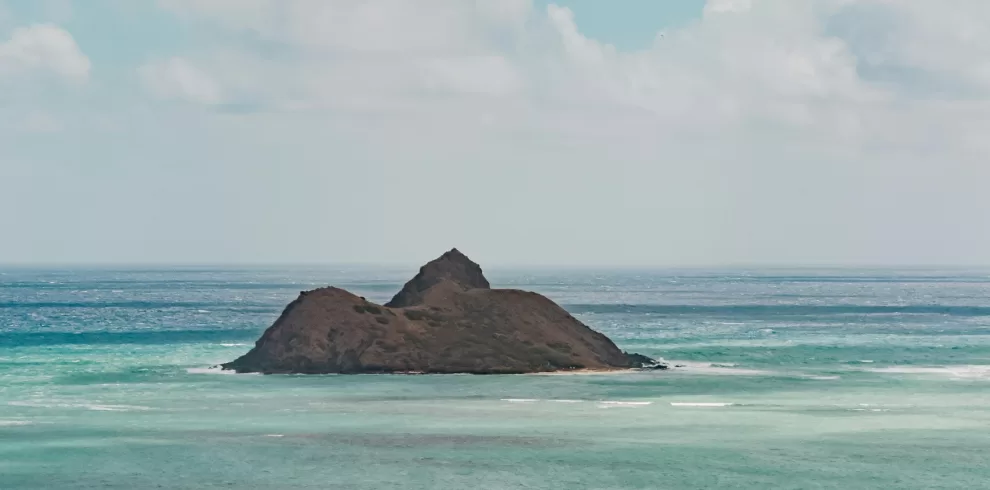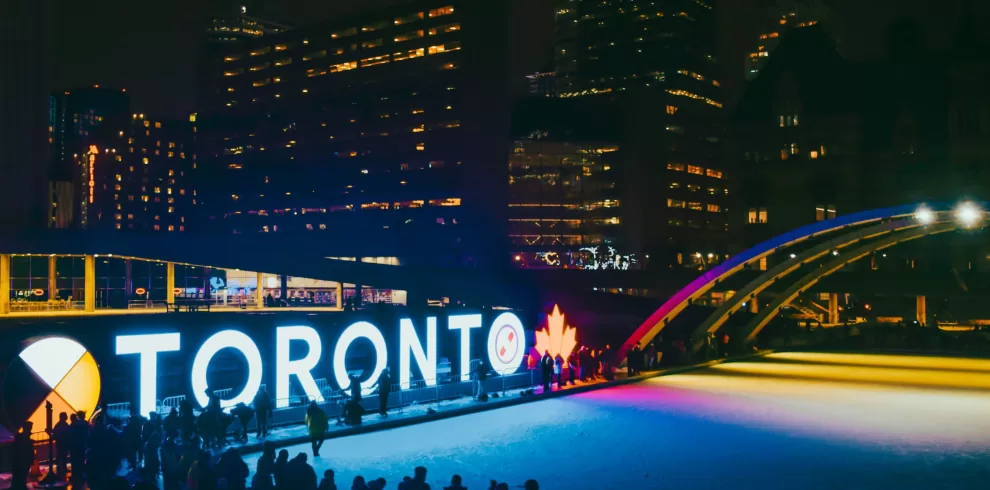Early in the morning; Lake Bogoria sits more like a titanic mirror than a body of water, reflecting the crimson color of the sky. With its neighbor, Lake Baringo, the two lakes offer astounding and contrasting beauty that draws in the visitor keen to get off the beaten track of the national parks and game reserves. There is an abundance of wildlife and bird life in the two lakes that make this a fascinating place to visit.
Bogoria and Baringo, which lie in the Rift Valley trough – opening out to include a range of mountains on its floor – the Tugen Hills at about 3500m – are remarkable. Fossils of early man have bee discovered in this area and there is a lot of academic interest here, so you could run into a bunch of Swedish, French or American archeologists out on a dig.
The Rift Valley floor on which the two lakes lie was formed about 20 million years ago when the tectonic plates shifted, causing the formation of volcanic mountains and lakes, which exist to this day as evidence of that massive geological incident so may years ago. Lake Bogoria is a long thin lake (20km long and 2km wide) at the foot of several escarpments that rise from the floor of the Rift Valley. You can witness the sun setting in the Tugen Hills, its rays picking out the stream of the hot geysers and hot springs that jet from the ground skyward. Some locals believe the water from these geysers have medicinal properties, although some of it is so hot that it could scald while some is warm like bath water.
Lake Baringo, unlike Bogoria 25km away, is circular, about 60km2 and dotted with islands in its center. It lies in the middle of the Rift so the sun is all out on all sides except at sunset when it’s hidden by the Tugen Hills. Since there are no rivers draining most Rift Valley lakes, the only way out for the water is through evaporation, which leads to a high concentration of salts and therefore making them soda lakes. The 14 or so soda lakes in the Rift are home to 2 million Lesser Flamingo and Spirulina. But while Lake Bogoria is salty, Baringo is a fresh water lake, a rare gem in the Rift close to the Equator. The outflow of the water from Baringo is not normal though – through a river flowing out with water – but it flows out through seepage through the permeable volcanic rocks in its base. It’s not clear where the water goes to but it has the effect of taking away the salt in the water with it.
It’s unique that in the whole world, there’s nowhere where two lakes so close together are so different; Baringo is an intense chocolate brown while Bogoria is deep blue-green due to their chemical difference. Bogoria has the natural color of the dense growth of microbes that thrive in the concentrated water and make the life of flamingos possible. the color of Baringo is that of eroded soil, strangling life from the water just as its loss is strangling life from the land.
The small area of the lakes has a fantastic diversity of birds. There are well over 500 bird species in the area, and it’s easy to see a number of them in a short visit. The greater attraction is of course the flamingo, with their heads upside down, moving from side to side in the shallow water’s edge thick with the scum of the spirulina, they are a memorable sight, especially if they are in large numbers. on a calm day, the flamingo may be spotted swimming, wit their heads down…because they’re feeding. The mud of the Bogoria may smell bad because the productivity of the spirulina is so great and its life so short yet the over two million flamingo cannot eat it all. Whatever is left over sinks to the bottom of the lake, giving its mud that bad smell.
You will take time to observe the life cycle and food chain in the Bogoria, where the dead spirulina provide feed for thousands of midge larvae, which lives only as few weeks, turning into a pupae that swims jerkily upwards. If it makes it to the surface, it splits into a small, black adult. But many don’t male it to the adult stage, therefore becoming the diet for the diving Grebes, and the dabbling Cape Teal, the Greater Flamingo and others. Under some weather conditions, the midges emerge together to make a superb feast of flying insect-feeders. Abut 50 terrestrial birds take advantage of the midges in the air while others scavenge them along the edge.
It’s fascinating to watch the behaviors of the slender-billed waders, wagtails and weavers that can be seen scurrying along the shoreline. You could spend days, even weeks, observing the life on the Bogoria and the Baringo marveling at nature’s beauty through the food chain at the Bogoria, and how the observation is father different in neighboring Baringo.
Accommodation can be found in various categories around the two lakes in resorts and camps that provide peace and serenity in the middle of the Rift Valley.
Find flights to your holidayGuides are available as is transportation and camping.
Overview
Explore two lakes for the price of one: visit Lakes Bogoria and Baringo, sitting in the trough of the Rift Valley in Kenya, representing two neighboring yet starkly different lakes p while one nurses and supports life, the other strangles life out of its and its environs with remarkable cruelty and indifference.
Attractions
- Lake Bogori
- Lake Baringo
- Flamingos
- Spirulina
- 100s of bird varieties
- Salt pans
- Wild animals
- Boating


